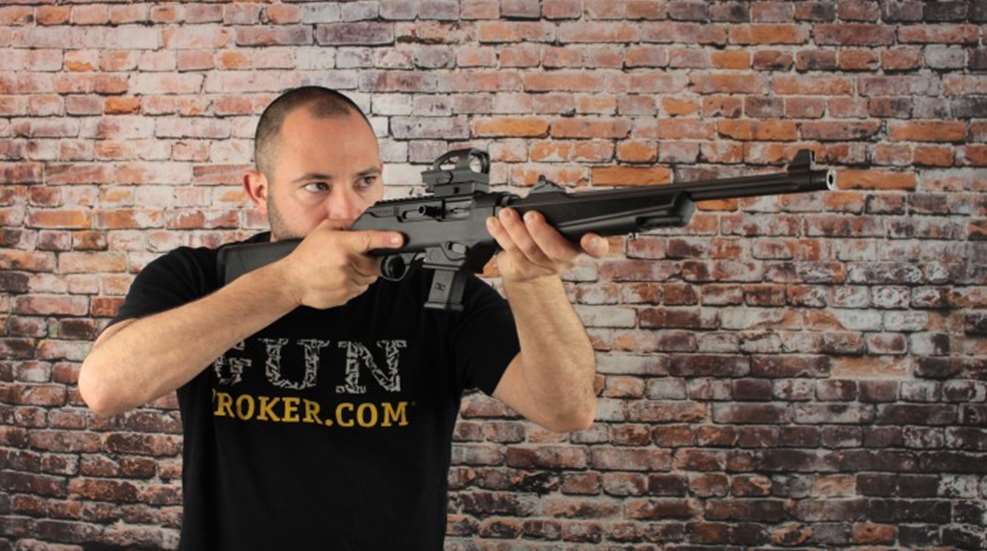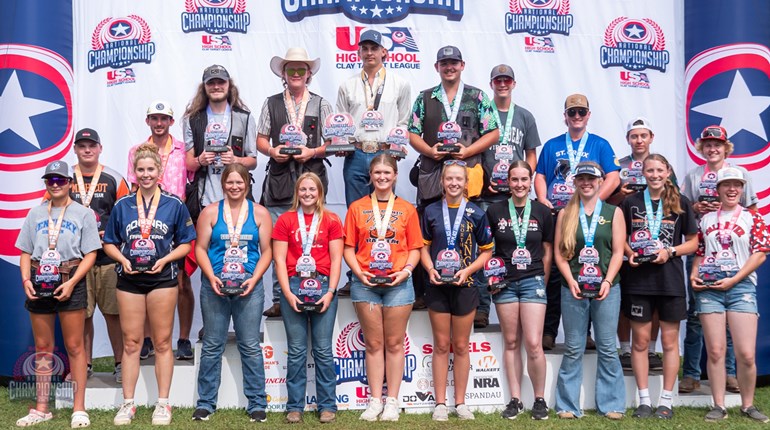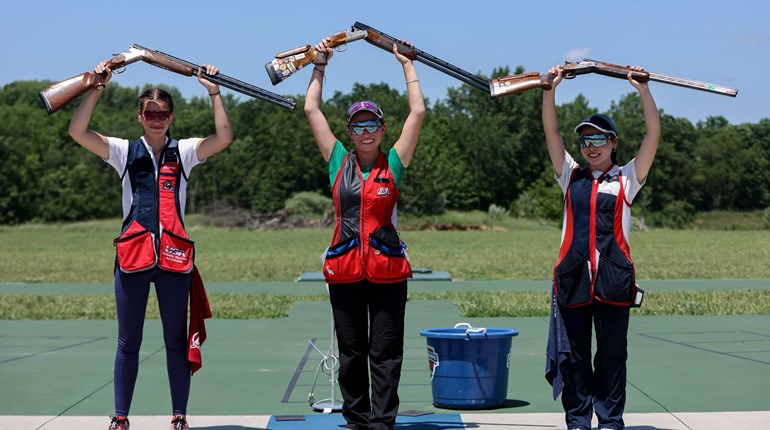
Just a few weeks prior to this writing, I found myself in my favorite gun shop, stirring up trouble (as usual). I found myself shoulder to shoulder with a number of last-minute gun buyers and got into a conversation with a newcomer that ended with me talking him out of a pistol-grip-only-style shotgun and into a pistol-caliber carbine (PCC). The popular compact shotguns seem to fly off the shelves during just about any crisis, but they have a number of shortcomings—and in this writer’s opinion, should really only be considered by those with a decent background in not only firearms but shotguns as well. I have nothing against shotguns for home defense, but as with all home-defense firearms, I recommend understanding what it can and cannot do before an emergency unfolds.
Now the preceding paragraph has likely driven the readership into two camps. One camp may be a little irritated and want to exclaim "But… pattern!" Yes, shotguns of all types do produce a pattern. I’m not arguing that a shell has multiple projectiles, while a metallic cartridge only has one, but we will look at that more in a bit. The other camp is likely applauding that the buyer left with a firearm that is going to produce less recoil, be cheaper to feed, and generate more opportunities to practice with. So I figured it may be a good time to address the pros and cons of these two platforms.
First, let's look at the most commonly mentioned pros of the pistol-grip-only scattergun. Most will say that "it's compact enough to hide under your bed." Well, for starters, pretty much all guns will fit under your bed. What’s more, fast access safes are not an expensive venture these days. Not only do they keep your firearm out of the hands of unauthorized persons, but it also keeps your gun out of the hands of a burglar should you walk in on a robbery in progress. If compact size is your primary concern, consider a handgun, as it will maximize this quality and also open the door to practical concealed carry.
"But you don't have to aim a shotgun." It’s true that, in the shooting sports, we talk about “pointing” a shotgun instead of “aiming” it. However, if you want to hit an intended target (and only that target) you are definitely going to have to “point” or “aim,” whatever you’d like to call it. Go ahead and use a finger to point at something…I'll bet you brought it up to eye level when you did. Now try to point at something with that finger at waist level—bet it wasn't exactly on the money. Before I go any further let me make sure that everyone understands that you cannot hold a stockless shotgun at eye level and pull the trigger unless of course, you are looking to earn a few bucks from the tooth fairy.
"Well, the pattern will still cover for poor aim!…not always. This misconception that a shotgun fired inside of the home will hit all four walls like a firehose with a finger in it has got to stop. There is only one way to determine how large a shotgun's spread will be, and that is to shoot paper at a typical defensive distance. This will vary from gun to gun, barrel to barrel and ammunition type to ammunition type. I've seen some shells fired out of 18.5-inch shotguns open no more than 4 inches at a 7-yard target. That's not exactly the dragnet of lead 00 buck it’s portrayed to be. Also, remember every pellet that doesn't stop in your threat has a high likelihood of going through interior walls and injuring an innocent bystander. Personal protection requires far more precision than Hollywood portrays!
Sure, you can get good at "hip shooting," but how? Even more importantly, where? Many ranges won't allow you to use a pistol-grip-only shotgun, as shooters need to know precisely where that payload is going to end up. This leads me to my last point—training opportunities.
The notion of "buy a gun, put it away and I'll be ready when I need it" is a major fallacy. Want to prove it to yourself? Set an alarm for 3 a.m., then, when it goes off, I want you to rush to the closet where you stored the bread maker you were given for your wedding and set it up as fast as you can, no manual. Do it as if your family's life depends on it and you are allowed zero mistakes. Accessing and loading your firearm is going to be no different. A gun that cannot be used for fun activities such as plinking, sporting clays, or even light-hearted competition will hardly see the light of day. Of course, this means any proficiency that you once built will dwindle.
So why choose a carbine instead? Well, for starters, it has far more utility. A pistol caliber carbine can be used in a variety of different shooting sports and generally only produces very mild felt recoil. This means that the entire family can not only handle it, but will actually want to get to the range and practice. Most indoor ranges that have cartridge restrictions typically allow firearms chambered in 9mm, 40 S&W or .45 ACP to be fired right alongside their patrons shooting handguns. Need more stopping power? There are several varieties that are chambered in cartridges as powerful as .44 Remington Magnum, especially if you consider lever-action carbines. Sure, you have to shoulder-fire a carbine, but inside of 7 yards using the front sight in conjunction with a halfway decent cheek weld will get you a round on a man-sized target. Yes, the carbine is longer and may be tougher to maneuver, but that extra length gives you a platform that is going to have a much easier time getting lead on target.
So, in closing, if you’re buying a defensive long gun and you are new to the world of firearms, please carefully consider your purchase. This is of particular importance if you’re in a situation in which in-person training (say, for example, mid-pandemic) isn’t possible. Again, shotguns are excellent solutions for home defense—if you are inclined to go with a shotgun, consider something like the Mossberg ATI Scorpion or Remington MCS that offers both a pistol grip and buttstock. This gives you the option to hip shoot if absolutely necessary, but doesn't limit you to that means of firing. Whatever it is that you wind up purchasing, be sure to get yourself some training as soon as you can—and no matter what, practice, practice, practice.







































